Last Updated: 4 December 2023
If you’ve just started looking for work in Australia, taking the time to format your CV to match local expectations, can make all the difference to a prospective employer.
So, before you hit send on your application, make sure you check off our 7 tips for formatting your Australian CV:
1. More than one page is fine for CVs in Australia (within
reason!)
In the US and many European countries, job applicants are encouraged to limit their CV to just one page, even if they have several pages worth of experience to present. That’s generally considered a time saver for recruiters and employers.
If you’re new to an industry, or a recent graduate with limited experience to show, a one-page CV is still acceptable in Australia.
However, when it comes to professional recruitment, employers in Australia actually want to see a more detailed account of your work history. They are willing to read up to 2-3 pages if it means they can get a better picture of what you’ve been doing in your recent career. Make sure you include:
- Contact details – top of your CV
- Short executive summary (3-5 sentences) of your career objectives, skills and experience.
- Education (list most recent qualification first). Include any awards and prizes.
- Personal skills and qualities (e.g teamwork, time management, writing, accounting)
- Work experience (list most recent first)
- Professional achievements for each role
- 2 references (ask for their permission first before you submit your CV)
Make sure you’re presenting a succinct pitch of your skills and experience that are relevant to that specific role. You can use a resume template to help you start.
Remember, employers typically take 6-7 seconds to decide if they want to read or pass on your CV. If they glance at your CV and see a lot of unnecessary information, that isn’t good for you. Keep your resume to 2 pages and be succinct, relevant, and persuasive.

2. No tables, images or graphs
Many recruiters in Australia use Applicant Tracking System software, when processing digital resumes. This software doesn’t recognise graphics, and can get confused when tables, charts, or images are included in your CV. It’s better not to include pictures in your CV, unless you’re sending it directly as a PDF or on paper.

3. Use Australian English in your spell checker
Did you know that many words in Australian English don’t have the same spelling as American English? For example, there’s a difference in the use of ‘s’ versus ‘z’, and ‘ou’ versus ‘o’. ‘Analyse’ is Australian, ‘analyze’ is American. Favour is Australian, favor is American.
Your English language spell-checking program will probably be automatically assigned to check for American spelling errors. When you send your CV to Australian employers, make sure you’ve given it an Australian spell check first.
Most word processing programs such as Microsoft Word allow the option to switch to Australian English in your language section. Or you can use apps such as Grammarly to check your spelling.
4. Get the tone right
In the work environment Australians are known for having an informal approach but still being professional. Being self-confident is appreciated, but don’t oversell or talk yourself up too much. In Australian culture it’s considered distasteful to brag about your accomplishments too much.
When it comes to writing your resume, the important thing is to focus on your skills, avoid using adjectives when describing yourself, and let your experience speak for itself.
A great way to connect with Australian employers and set an informal but professional tone in your CV is through the inclusion of an executive summary. Located after your contact details on your CV, it is a statement outlining who you are, what you have to offer and what you’re looking for (think 30-second elevator pitch). You can follow that with a brief list of some core competencies or specialist fields of knowledge.
5. References with phone numbers are important and local ones are even better
A reference is anyone who can endorse your skills, experience, character, and work ethic to a potential employer.
In Australia, employers and recruiters usually call your references. It’s important that they can speak to someone on the phone, and that can be hard if your references are overseas. The more local references you can get, the better, even if it’s related to volunteer work or an internship.
6. An Australian address is a must
Australian employers want to know you’re already here and committed, so they will pay attention to your contact address and see if it’s local. It’s very hard to get work without an Australian address, or not being able to show up for an in-person interview (although today many interviews are conducted online). If you don’t have a permanent postal address in Australia, you can use the address of your university accommodation.

7. Are you including unnecessary personal details?
In Australia, it’s illegal for employers to ask you about by your age, gender, marital status, religion, sexual orientation and nationality. Make sure you keep your personal information to just your name and contact details.
Are you considering studying and working in Australia?
Studying a pathway program at the University of Adelaide College is a great opportunity to transition smoothly into the University of Adelaide and work life, as well as benefit from a dedicated student services team that can help you with key career skills like writing your CV, cover letter writing, and interview skills.

